 Of all the websites that deal with mystery and crime fiction, none offers more breadth and depth than The Rap Sheet. Originally a component of January Magazine’s crime fiction section, The Rap Sheet morphed into the award-winning blog it is today. From its inception, editor and chief contributor J. Kingston Pierce packed his blog with reviews, news, retrospectives, and opinion pieces from writers all over the world.
Of all the websites that deal with mystery and crime fiction, none offers more breadth and depth than The Rap Sheet. Originally a component of January Magazine’s crime fiction section, The Rap Sheet morphed into the award-winning blog it is today. From its inception, editor and chief contributor J. Kingston Pierce packed his blog with reviews, news, retrospectives, and opinion pieces from writers all over the world.
Aided by a group of regular contributors as well as guests columnists, Pierce is able to use his frequent traveling as a means of introducing his readers to writers from many different countries. His enthusiasm is contagious and more than a few writers owe him a favor for introducing them to his readers.
So who is J. Kingston Pierce?
Ed Gorman for Mystery Scene: Let’s start with you telling us about yourself.
Pierce: I’m a lifetime resident of the Pacific Northwest, save for relatively brief and job-related periods spent in Detroit, Michigan, and Boulder, Colorado. I now live in Seattle, Washington, with my wife, Jodi, and our big overindulged cat, Monkey.
I joined the newspaper at Lewis & Clark College in Portland, Oregon and, during that same period, I began to freelance for a weekly paper that served a neighborhood near the campus while writing meatier stuff for Willamette Week, which is Portland’s longstanding and very good alternative newspaper.
By the time I graduated college, I had carved out a spot for myself at Willamette Week. That led to writing jobs at other alternative papers and magazines, and eventually editing positions at magazines in Portland, Detroit, and Seattle.
 Mystery Scene: Have you always been interested in crime fiction?
Mystery Scene: Have you always been interested in crime fiction?
Pierce: As a boy, I was a major reader of science fiction, especially Arthur C. Clarke’s work, and later the stories of Larry Niven.
It wasn’t until I volunteered to help out at the library of my boys-only Catholic high school that I started to read heavily in other areas. The assistant librarian there, a generous woman named Rose Lacey, introduced me to thrillers such as Jaws, by Peter Benchley, and The Rhinemann Exchange, by Robert Ludlum. More importantly, though, one day she gave me Ross Macdonald’s The Moving Target and told me I’d like it. Boy, did I!
A decade after Mrs. Lacey encouraged me to read The Moving Target, I had the chance to interview Ross Macdonald (né Kenneth Millar) for Willamette Week. I took an old hippie bus down to Santa Barbara, California, where he lived with his wife, the novelist Margaret Millar. I was overwhelmed that this star of my literary firmament was letting me ask him questions in his untidy study. (What I didn’t know then, was that he was exhibiting the first stages of the Alzheimer’s disease that would kill him, which is why he couldn’t remember a few things, even about his own past work.) I was even more thrilled when he took me out to dinner that night, just he and I, at a little Chinese joint he enjoyed. Naturally, I told him about how Mrs. Lacey had given me his novel, and how it had sent me on my exploration of crime and mystery fiction. I remember he gave me a small smile, said something about how librarians are the smartest people in the world, and then asked me whether I’d read this book, and that book...and pretty soon I realized just how little I knew of the world that he and other authors had helped shape. I have been trying to make up for the holes in my education ever since.
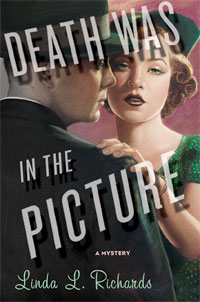 Mystery Scene: How did your association with January Magazine come about?
Mystery Scene: How did your association with January Magazine come about?
Pierce: It was back in 1998 and I was just becoming interested in the Internet. I’d penned book reviews ever since my earliest days in journalism, and I was thinking that maybe I could move into reviewing on the Web, too. I stumbled across January Magazine one day, and kept track of it for a while. Finally, I wrote to the editor, Linda L. Richards, asking her whether she was looking for more contributors, and offering her a review I’d done of Larry McMurtry’s Comanche Moon. She wrote back quickly and the rest, as they say, is history. I’m now the senior editor of January, though I no longer have quite so much time to write reviews myself for the magazine.
One funny result of my association with Richards, by the way, is that she wasn’t that familiar with crime fiction before I started reviewing it in January. Yet now she is making a living, in part, from composing crime novels such as this year’s Death Was in the Picture, her second book featuring 1930s detectives Kitty Pangborn and Dexter J. Theroux. I like to think I had some influence on her present career.
 Mystery Scene: What made you decide to make The Rap Sheet a blog?
Mystery Scene: What made you decide to make The Rap Sheet a blog?
Pierce: I began producing The Rap Sheet in the spring of 1999 as a sort of crime-fiction newsletter within January Magazine. I’d long wanted someplace where I could offer up news and other tidbits that didn’t fit within the magazine’s usual framework of reviews and author interviews. The Rap Sheet, which I wrote on a more or less bimonthly basis, was my solution.
But the longer I worked on The Rap Sheet, the bigger it became. The first edition ran to only 2,684 words long. However, in the ensuing years, what with the addition of mini-reviews written by others, that crime-fiction report expanded to more than 16,000 words and turned into a daunting project for all concerned.
By late 2005, I was feeling frustrated with the venture. But, just when I was ready to throw in the towel, January Magazine’s crime fiction department won the Gumshoe Award for websites. It would’ve looked strange to fold up The Rap Sheet at that moment; so instead I persevered, hoping to ride the invigoration brought on by the Gumshoe win for at least a year or two more. No such luck. A few months later, I was right back where I’d started—exhausted and needing a change. Therefore, as January closed out 2005, I placed the newsletter on an unannounced hiatus, unsure of its future.
Meanwhile, I’d been experimenting with blog publishing. The “new” Rap Sheet debuted on May 22, 2006. Three years—can it really have been that long ago?
Mystery Scene: Is your blog what you’d hoped it would be?
Pierce: I think we do a pretty good job of staying on top of news developments within the genre. And we have posted a fine array of feature-length pieces over the years, focusing on individual authors, championing forgotten crime novels, highlighting copycat covers (the use by publishers of the same artwork to illustrate more than one book—for shame!), and also reporting on crime fiction in media other than books (television, radio, magazines, etc.). Even though I have no money to pay contributors, and make not a dime off this venture myself (sigh), I have been able to talk professional writers and authors into submitting their work to the blog. I’m extraordinarily proud of what it has become, and judging by the volume of appreciative comments, I believe readers find value in The Rap Sheet, too.
Mystery Scene: What’s your greatest satisfaction with your blog?
Pierce: I’ve spent much of my journalism career editing magazines, and I see The Rap Sheet as a mini magazine on the Web. It manages to present a pretty good breadth of news and information, despite the fact that there’s really only one guy at Rap Sheet “headquarters,” and he has to sleep sometimes. I am a fairly demanding editor, and the quality of work in The Rap Sheet remains pretty high. I think all of that is demonstrated by the fact that we’ve won several noteworthy prizes. I mentioned the Gumshoe Award before, but we also picked up a 2009 Spinetingler Award (from Spinetingler Magazine), and I was nominated for an Anthony Award in 2008. Although that latter commendation (in the category of Best Web Site) ultimately went to Stop, You’re Killing Me!, I intend to refer to The Rap Sheet as “Anthony Award-nominated” for as long as I can—or until I actually win an Anthony.
Mystery Scene: What is your greatest frustration?
Pierce: That I don’t see a way yet to make money with The Rap Sheet. The absence of financial recompense is the bane of bloggers. I don’t know of a good model for profitable advertising through blogs, and there’s a noticeable shortage of deep-pocketed do-gooders willing to pay me for what I’m already doing with The Rap Sheet. Over the last few years, I have become increasingly disenchanted with mainstream journalism. This blog offers me writing satisfactions I never expected; however, I still have to make a living. I can’t devote myself entirely to The Rap Sheet, though I sometimes wish I could.
My hope is that there will come a day when I can divide my working hours between writing/editing The Rap Sheet and composing crime novels of my own. But first, I have to actually finish work on a novel—an accomplishment that seems ever elusive.
Mystery Scene: Do you read a lot of other blogs?
Pierce: Yes, and not just those devoted to crime fiction, but others that focus on politics and national/world news. As far as crime-fiction blogs go, though, there are several distinguished examples that I look at every day, including Peter Rozovsky’s Detectives Beyond Borders, Declan Burke’s Crime Always Pays, Sarah Weinman’s Confessions of an Idiosyncratic Mind, Lesa Holstine’s Lesa’s Book Critiques, Cullen Gallagher’s Pulp Serenade, and—with a slightly broader brief—Bill Crider’s Pop Culture Magazine. Hundreds of others exist, but unfortunately many of them look and read like hobbies, with their writing only passable and poorly edited (their authors would do well to buy a copy of The Associated Press Stylebook), and their futures dubious, at best.
Mystery Scene: This would seem to be the true Golden Age of detective and crime fiction. Would you agree?
Pierce: Yes and no. While there are indeed many fine writers, bottom line oriented publishers aren’t always willing to pay those authors enough to keep them working. And not everyone can write a book a year. So publishers concentrate their resources on big-name wordsmiths who keep producing, even though they may be churning out the same sort of yarns over and over again. (Sadly, readers don’t always notice this betrayal.)
And while I’m thrilled to have so many reading options in crime fiction, I am disappointed with many of the myriad books hitting the shelves. Too many try to copy previously successful works, or they run a good theme to death. How many more books, for instance, can I be expected to read about serial killers? You would think that such murderers were running rife in the United States, when in fact they’re fairly unusual. And does every mystery story have to be about murder? There are other crimes of sufficiently absorbing magnitude, other ways to build up tension than having somebody new die every two or three chapters.
But then, editors and publishers would have to encourage such innovation. And I don’t think they do, at least not strongly enough.
 I’ve found myself lately looking back at older works in this field, books by mid-20th-century writers who were searching for new veins of writing gold, trying to do something unlike what their fellows were up to at the time. Admittedly, there was a lot of trash, but I think no more trash being turned out then than what is being published now. And occasionally, I come across real gems, such as Stanley Ellin’s The Eighth Circle (1958) or Harold Q. Masur’s Bury Me Deep (1947) or Erle Stanley Gardner’s series about mismatched gumshoes Bertha Cool and Donald Lam. All of those—as well as the works of Dashiell Hammett, Raymond Chandler, Thomas B. Dewey, Ed McBain, and of course Macdonald—provide the source material mined by today’s crime fictionists. But some of that older stuff still boasts an air of novelty, rather than the reek of repetition.
I’ve found myself lately looking back at older works in this field, books by mid-20th-century writers who were searching for new veins of writing gold, trying to do something unlike what their fellows were up to at the time. Admittedly, there was a lot of trash, but I think no more trash being turned out then than what is being published now. And occasionally, I come across real gems, such as Stanley Ellin’s The Eighth Circle (1958) or Harold Q. Masur’s Bury Me Deep (1947) or Erle Stanley Gardner’s series about mismatched gumshoes Bertha Cool and Donald Lam. All of those—as well as the works of Dashiell Hammett, Raymond Chandler, Thomas B. Dewey, Ed McBain, and of course Macdonald—provide the source material mined by today’s crime fictionists. But some of that older stuff still boasts an air of novelty, rather than the reek of repetition.
So, while I am happy to see crime fiction be so popular today, I fear that we’re not getting everything we could from this genre. The willingness of publishers and authors to emphasize profits and productivity over creativity may ultimately be the genre’s undoing. And maybe that’s a good thing, to let the genre burn itself out now and then lie fallow and recoup its innovation in preparation for some future renaissance.
Mystery Scene: Given the range of your coverage, how do you feel about mystery publishing in general? The New York City scene versus the small houses?
Pierce: It’s the smaller houses, such as Hard Case Crime, Bleak House Books, Poisoned Pen Press, and Crippen & Landru, that are producing some of the most interesting works nowadays. Unfortunately, they don’t have the money for promotion that the New York giants possess. So authors like Craig McDonald (Toros & Torsos) and Christa Faust (Money Shot) aren’t selling as well as Dan Brown, James Patterson, and Robert B. Parker, even though their fiction might show more creative promise.
Mystery Scene: Do you see The Rap Sheet changing in any substantial way over the next few years?
Pierce: It’s necessary to change, if the blog is to remain appealing. But I think our commitment to high-quality writing and reporting, interviews with knowledgeable authors, and coverage of crime fiction in all media should not waver. They all help set The Rap Sheet apart from many other blogs in this field. Given the limited time I can devote to this blog, I’d rather concentrate on building upon those strengths than spreading my energies around, trying to build up Twitter and Facebook pages.
This article first appeared in "Gormania" Mystery Scene Issue #110, Summer 2009.

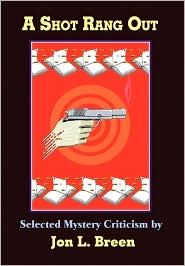 A broad and impressive history of crime fiction and the latest developments in the field.
A broad and impressive history of crime fiction and the latest developments in the field. Anne Saller doesn't seem to believe in retirement. She's tried it -- twice -- and each time has come back to a new career.
Anne Saller doesn't seem to believe in retirement. She's tried it -- twice -- and each time has come back to a new career. So far, Saller says the response has been terrific. Because she wasn't able to take over until September, Saller wasn't able to lock in advance author signings. Instead, several authors "went out of their way" to work Book Carnival into their schedule.
So far, Saller says the response has been terrific. Because she wasn't able to take over until September, Saller wasn't able to lock in advance author signings. Instead, several authors "went out of their way" to work Book Carnival into their schedule.  I am a major fan of audio books. No, they do not replace the joy of holding an actual novel, but audio books have gotten me through many a long, traffic-ridden drive.
I am a major fan of audio books. No, they do not replace the joy of holding an actual novel, but audio books have gotten me through many a long, traffic-ridden drive. Having your name used as a character in a favorite author's novel is a thrill for any reader. A character's name also is often one of the most popular auction items at mystery fiction conferences.
Having your name used as a character in a favorite author's novel is a thrill for any reader. A character's name also is often one of the most popular auction items at mystery fiction conferences.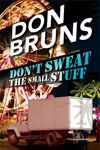

 When Miami Vice aired during the 1980s, it was more than a crime drama. It was a showcase for South Florida, which, at the time, was changing from a mecca for retirees to a vibrant area attractive to European models, fashionistas and, unforuntately, criminals.
When Miami Vice aired during the 1980s, it was more than a crime drama. It was a showcase for South Florida, which, at the time, was changing from a mecca for retirees to a vibrant area attractive to European models, fashionistas and, unforuntately, criminals.



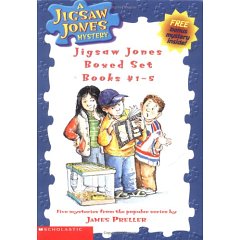
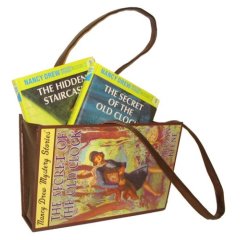


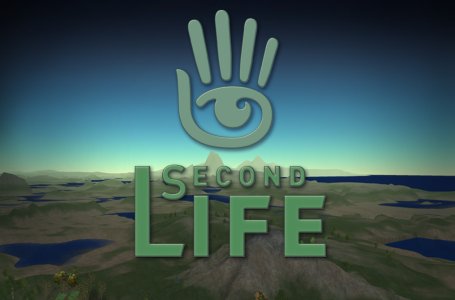

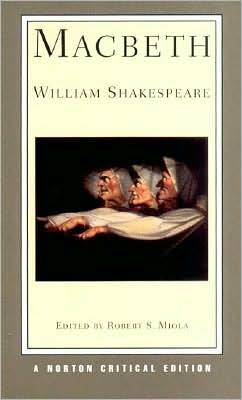
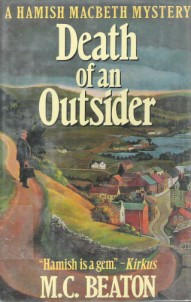

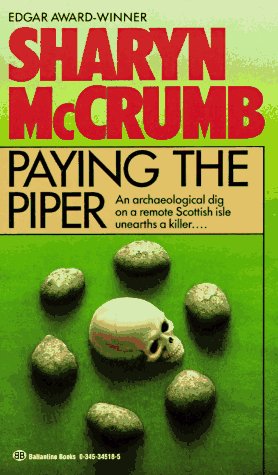
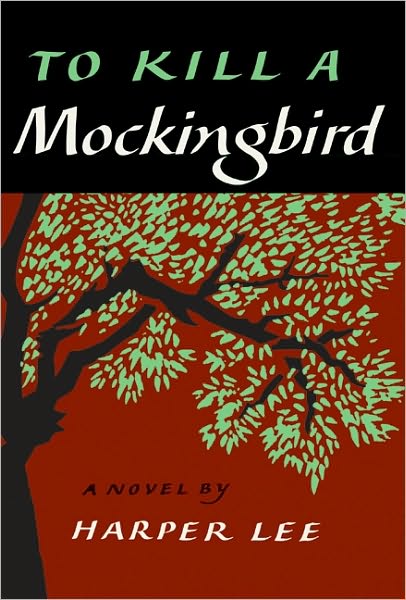
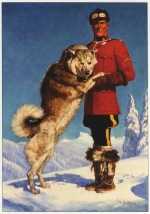
 So many tourists, so many scenes in Venice, so much confusion.
So many tourists, so many scenes in Venice, so much confusion.
 A year ago on the third day of 2010, my husband and I stood on a beach holding towels, a hat and some water to greet
A year ago on the third day of 2010, my husband and I stood on a beach holding towels, a hat and some water to greet 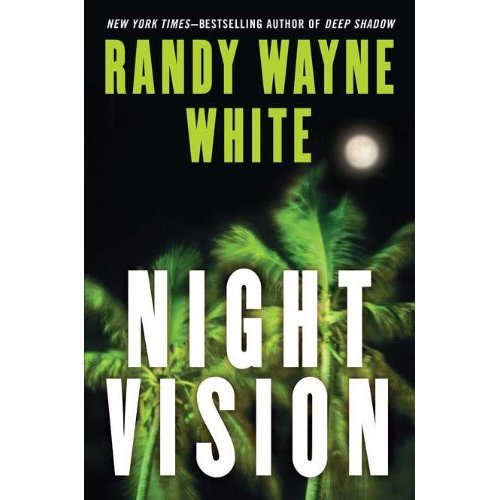 Once again he joined the fund-raiser and he was there for the
Once again he joined the fund-raiser and he was there for the 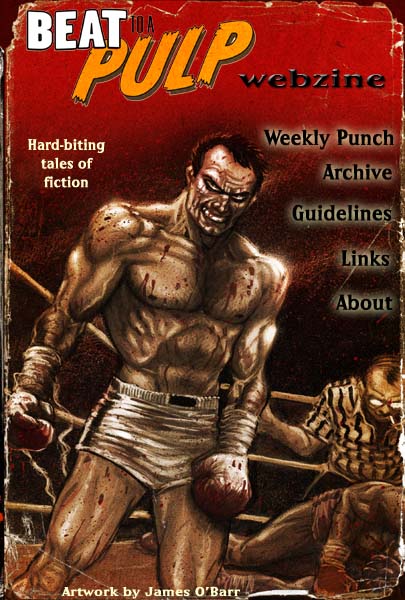


 Of all the websites that deal with mystery and crime fiction, none offers more breadth and depth than
Of all the websites that deal with mystery and crime fiction, none offers more breadth and depth than 



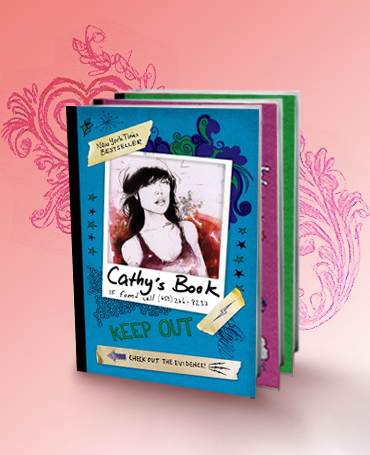
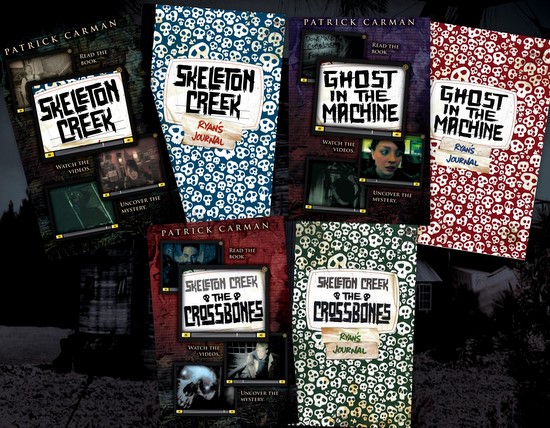

 A couple of years ago, my husband got me for Christmas the complete season of
A couple of years ago, my husband got me for Christmas the complete season of 
